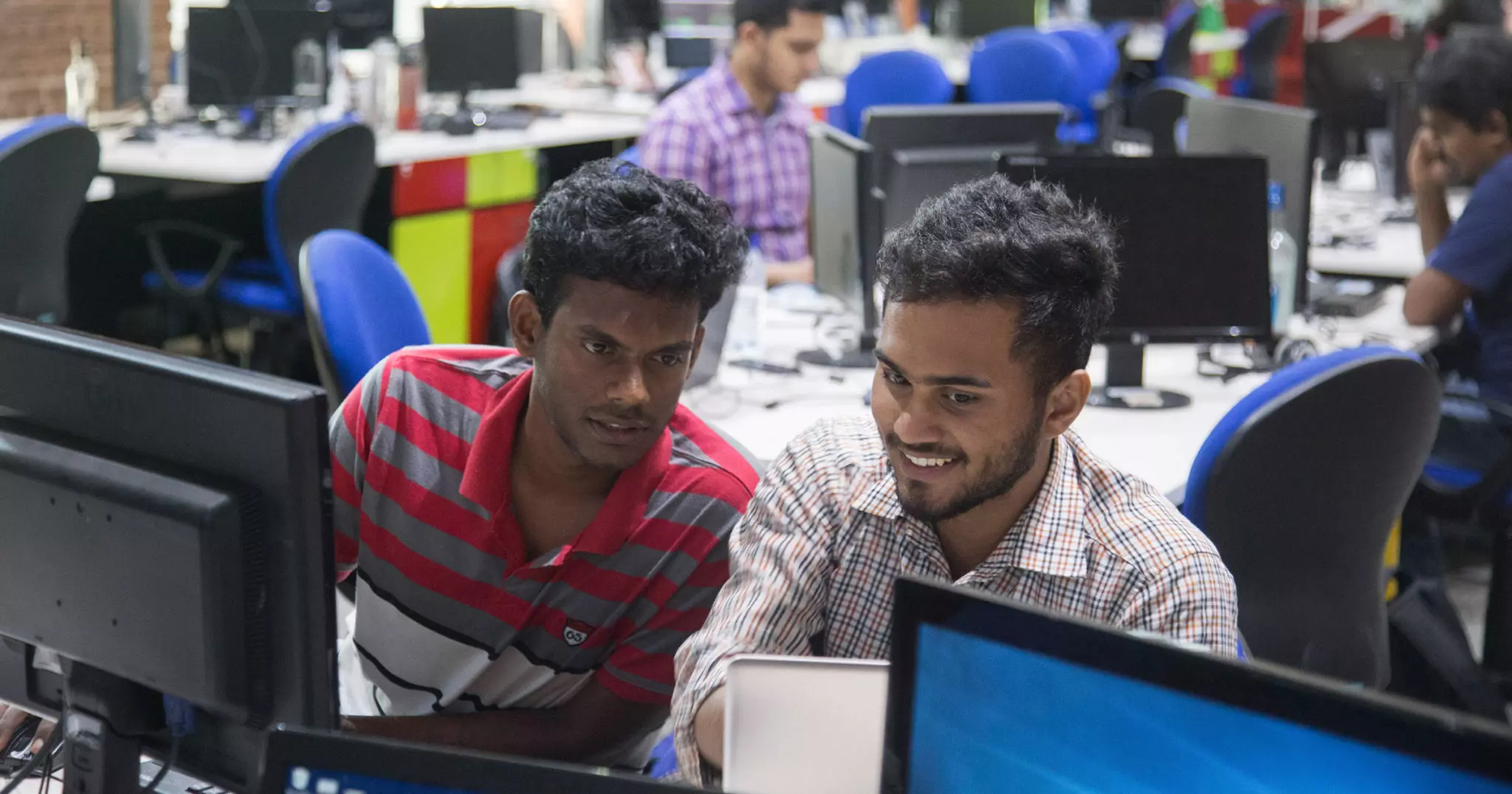As part of London Fin-Tech Week, the outstanding Future Fin-Tech Unicorns event presented flash pitches of eleven fin-tech startups who have a genuine hope of hitting that $1 billion mark in the near future.
It’s unclear whether inviting eleven pitchers was a direct reaction to the news that amongst the USA’s glut of startup unicorns, eleven are in the fin-tech space. The Future Fin-Tech Unicorns were, however, up against a world cup semi final, but these eminent entrepreneurs easily outplayed France and Belgium’s combined eleven.
Thank Gareth they didn’t organise it for Wednesday, eh?
In no particular order then, here’s a rundown of the Future Fin-tech Unicorns pitches and who to keep an on eye in the next few months and years.
BIGCrowd.net
BIGCrowd.net could be one of the most compelling social enterprises in years. Founder, Steve Podmore wants to identify the Big Impact Game-Changers — or “BIG” businesses who are looking to reduce poverty, fight climate change and generally make the world a better place. BIGCrowd.net is a crowdfunding platform who are launching subscriptions in August or September which will include tokens in advance of their ICO scheduled for eighteen months time.
Cap:Ratio
At a time when rising wealth inequality risks leaving UK youth behind, Cap:Ratio is a wealth management automated advisor for the undeserved: Black Minority Ethnic Groups and people who earn under £30,000 a year. Going into their second year and closing their seed round, they have 1100+ subscribers already. CEO and Cofounder, Gibran Registe-Charles was named an “innovative force in business” by GQ Magazine.
Trezeo
We all use Uber, right? And it’s pretty well known that Uber uses its drivers. As self-employed drivers there is no safeguard for slow-days, sick days or holidays. Trezeo offers financial support to these people. And with five million self-employed people in the UK, Head of Marketing, Alysia Wanczyk has a big job on her hands.
LOQBOX
LOQBOX is a new platform for those who are financially excluded due to a poor credit history. By signing up for free, anyone can save £20-£500 a month on the platform, grow their credit rating, and then get all their money back at the end. Head of Growth, Ally Fekaiki said, “Your credit rating can have a huge impact on your life. The current solutions just weren’t good enough. We built LOQBOX to allow people to break the cycle.”
Photocert
In the age of photoshop and fake news, Photocert are fighting back with a software solution that guarantees the authenticity of photos. This is big news for the insurtech industry as it allows for real-time automated claim reporting. Rather than waiting by the side of the road for the loss adjuster to tell you your car has been bumped!
GLINT
For anyone disenfranchised with the global banking system — and let’s face it, who isn’t since the crash of 2008 — GLINT is seriously exciting. Via their app users can buy gold and then pay for goods and services using the GLINT Mastercard, thereby employing a form of capital that does not suffer the same depreciation as traditional currency. Cofounder and CEO, Jason Cozens said “The policies of central banks erode our money. But gold can’t be corrupted.”
VEBLEN
Daniel Vu, CEO of Veblen, almost stole the show with the most dramatic of pitches. At 14 seconds long he kept it to-the-point: “We evaluate startups and their ICOs. And we are good at it! [Mic-Drop!].”
KiteEgde
KiteEgde is building the 2.0 of search engines, specifically designed for the Asset Management Industry. Why? “Because,” said CEO James Flavin, “search engines haven’t changed much since the late 90’s. And Asset Management is about to explode.” The late stage startup SAAS platform’s key asset is its ability to use Cognitive Ontology to interact with the end-user.
Coriunder
Eliad Saporta, Managing Director of Coriunder, explained how their Backend-As-A-Service system helps PSP and fin-tech companies launch faster. The Coriunder platform handles the boring stuff — the on-boarding, billing and compliance — so the startup can focus on what makes their offer special.
Coinypay
We all shelve our online shopping basket now and again. It’s not necessarily out of lack of purchasing power, probably more that something else literally popped up. Coinypay’s friendly chatbot could solve the millions of revenue lost by merchants and PSP from “checkout abandonment”. Their white-labelled ‘bot uses subtle messaging to convert indecisive window shopping into sales. Finally, a chatbot with a purpose!
Reputation Transfer
Their pitch was rather “discreet”. On their website they describe themselves as “an insurtech startup that unlocks new sources of rich user data hidden in the sharing economy’s walled gardens.” They’ve also won a bunch of awards.
Voila! That’s the Future Fin-Tech Unicorns. Or England’s Next Best Eleven. It’s especially great to see so many startups with a social inclusion message and supporting the underserved in society. More of that, please.
Final thanks to We Are Fin-Tech for hosting an exceptionally good event. More of them, too, please!


















